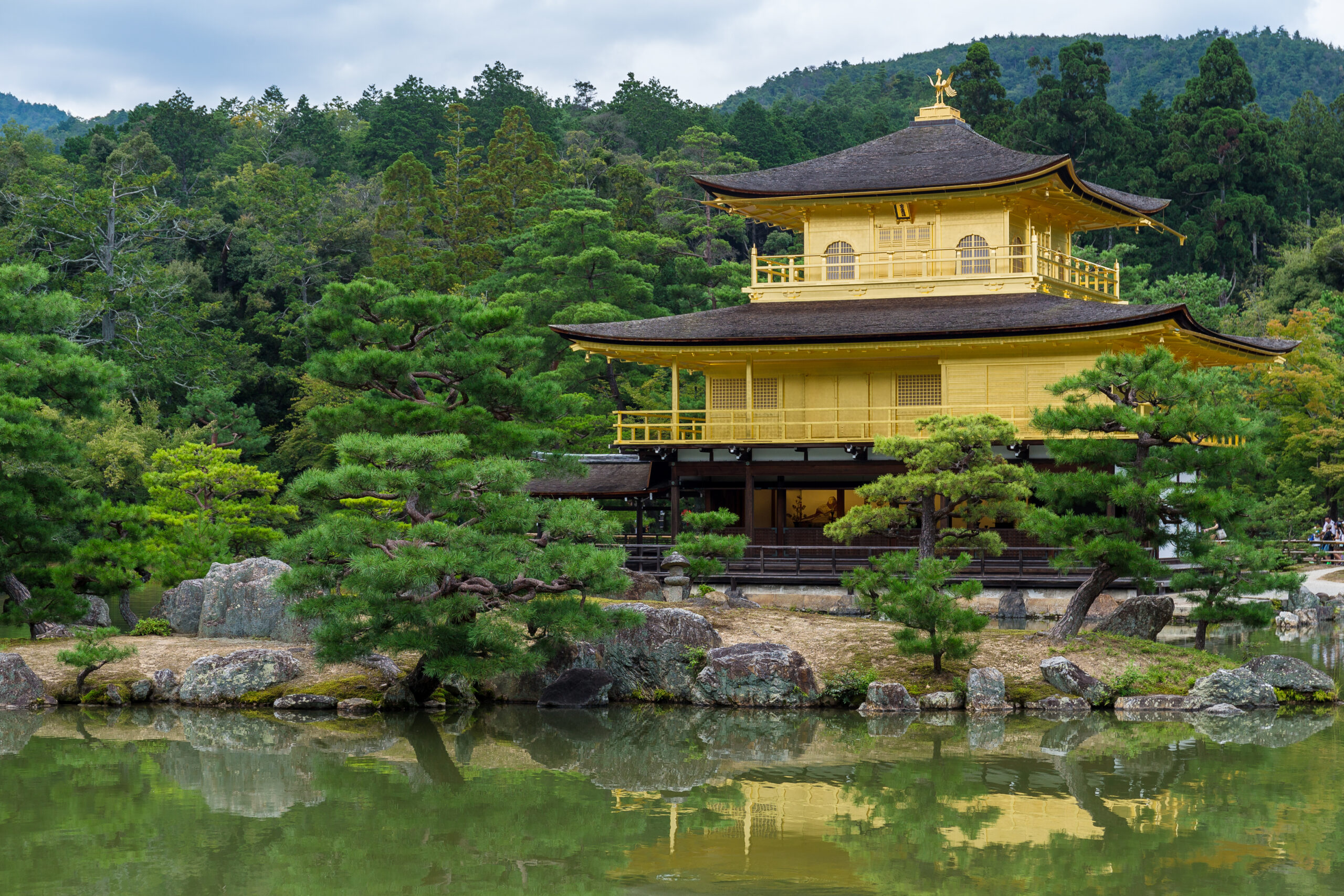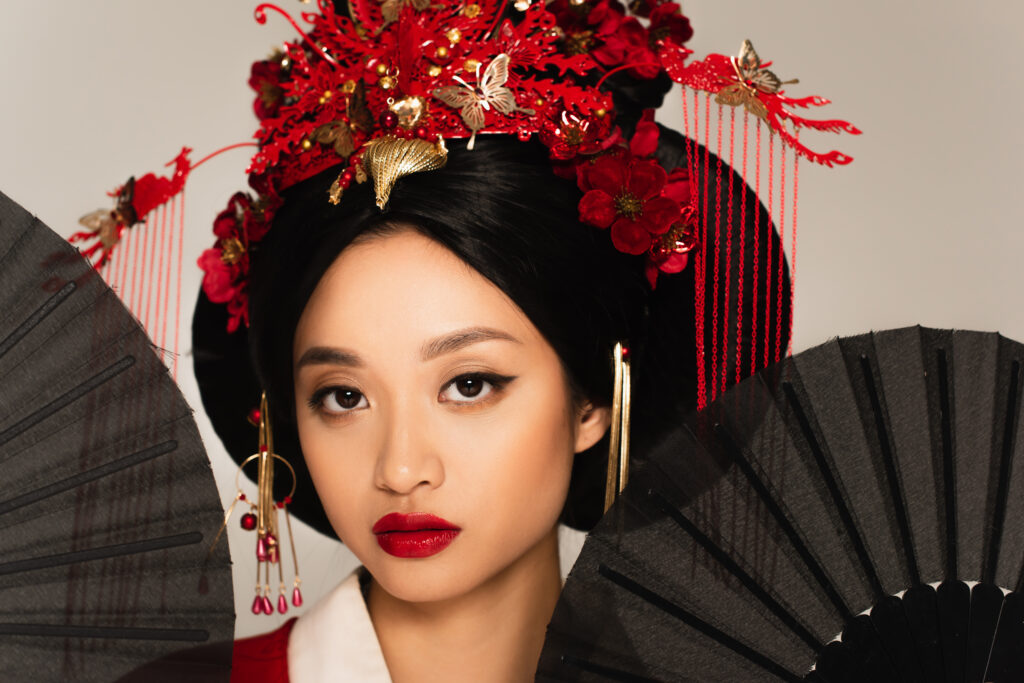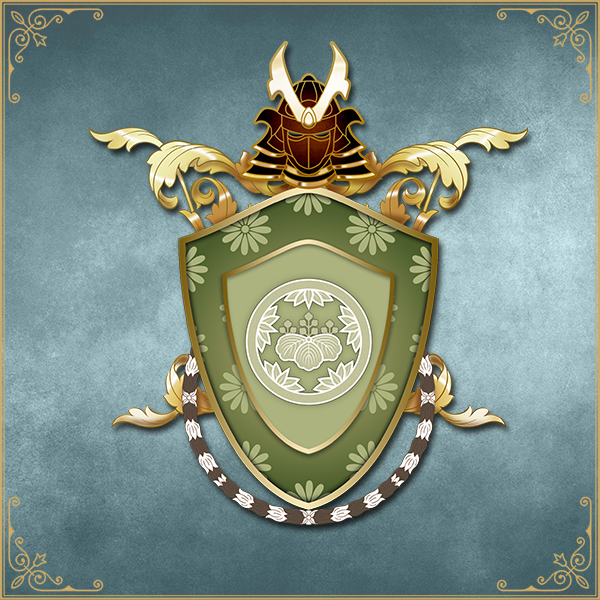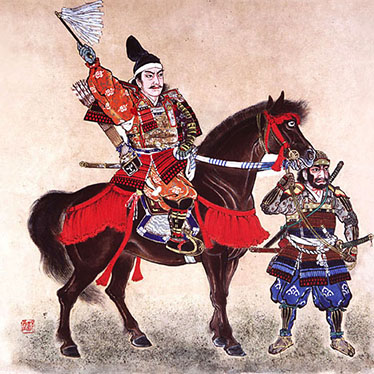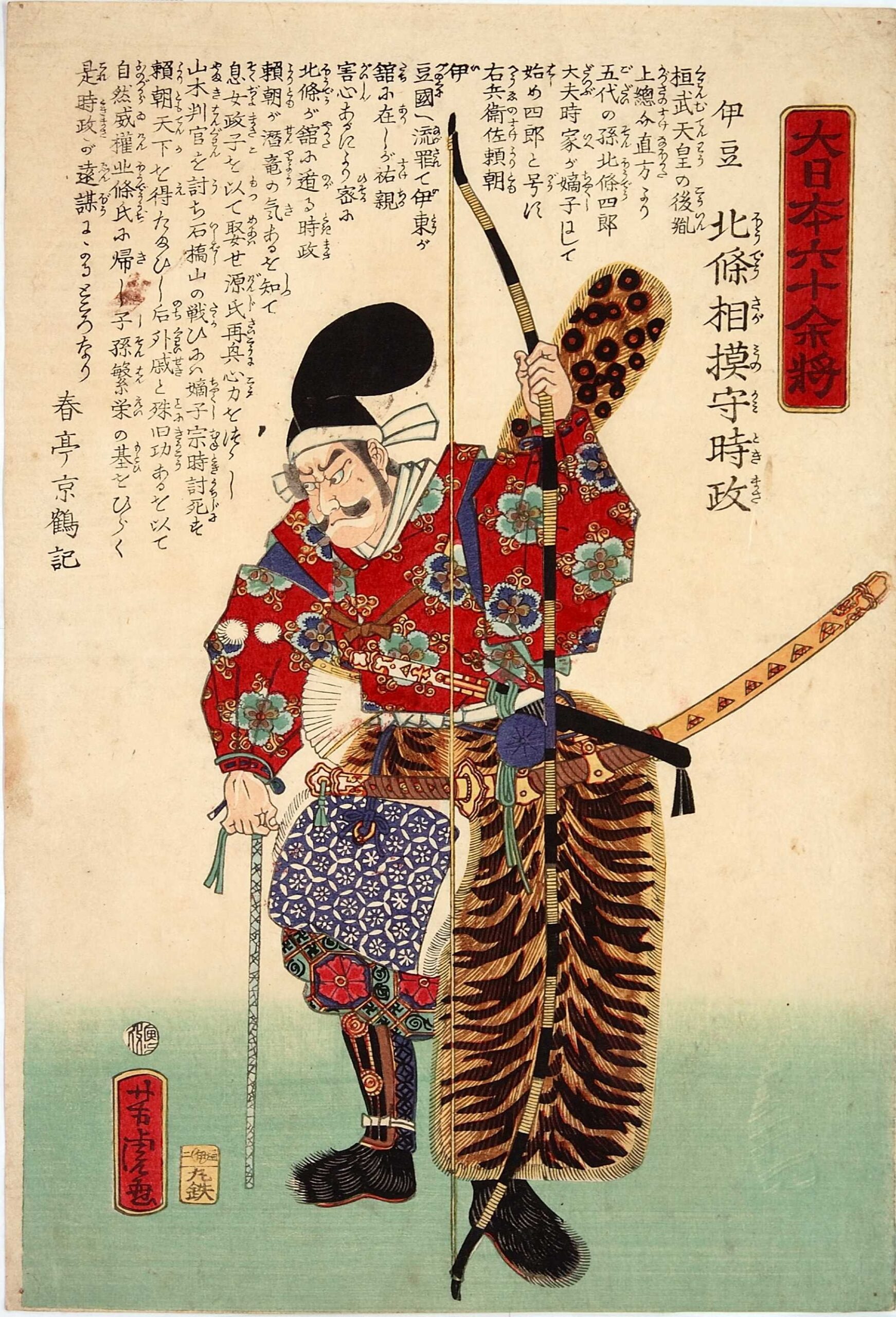The Nobility in Japan
The concept of nobility in Japan has evolved significantly from feudal times to the present day. During the feudal period, Japan’s aristocracy was primarily composed of the Emperor, the court nobles (kuge), and the warrior class (samurai). The Emperor, considered divine, held the highest position, while the kuge managed the imperial court’s affairs. The samurai, led by the Shogun, were military elites who controlled vast territories and wielded substantial power.
From the 12th century, the Shogun became the de facto ruler, relegating the Emperor to a symbolic role. Samurai lords, known as daimyo, governed the provinces with autonomy under the Shogun’s authority. This system persisted until the mid-19th century, when the Meiji Restoration in 1868 restored imperial rule and marked the decline of the feudal system.
During the Meiji era, Japan underwent rapid modernization, and the traditional class system was dismantled. The kazoku (peerage) system was introduced, merging the old aristocracy with newly ennobled individuals who contributed to the state’s modernization efforts. This system remained until 1947, when the post-World War II constitution abolished the peerage and formally ended the nobility’s legal privileges.

